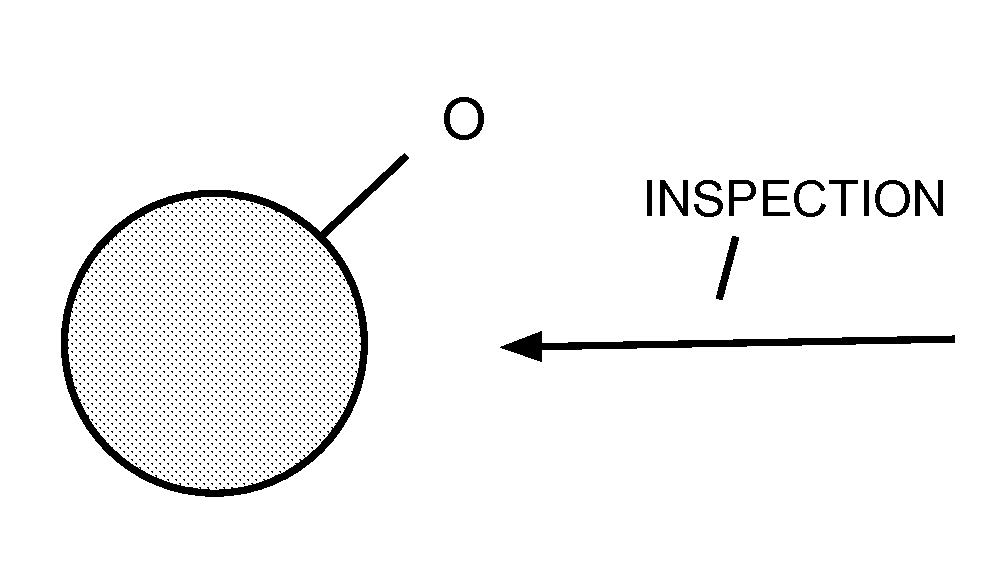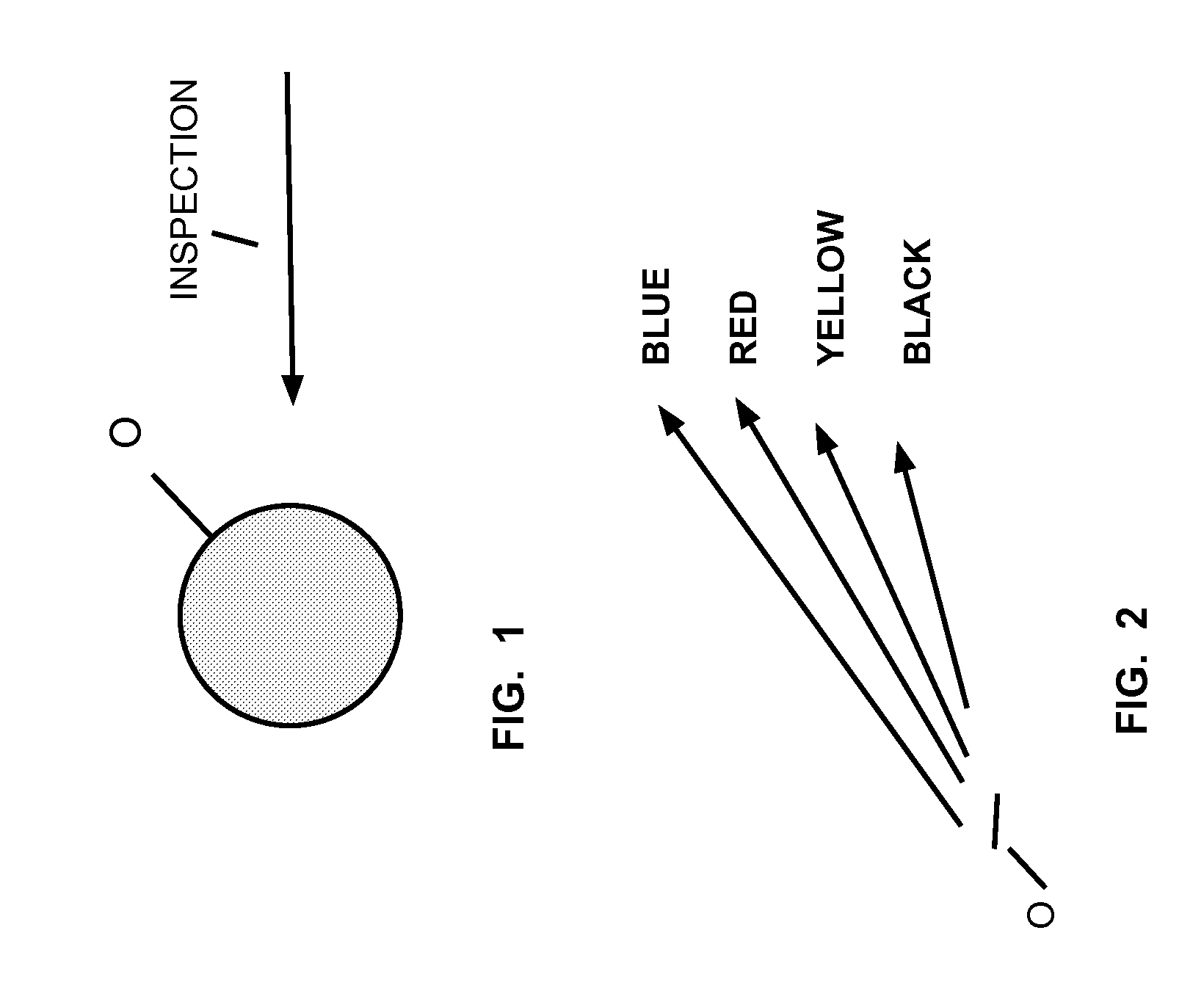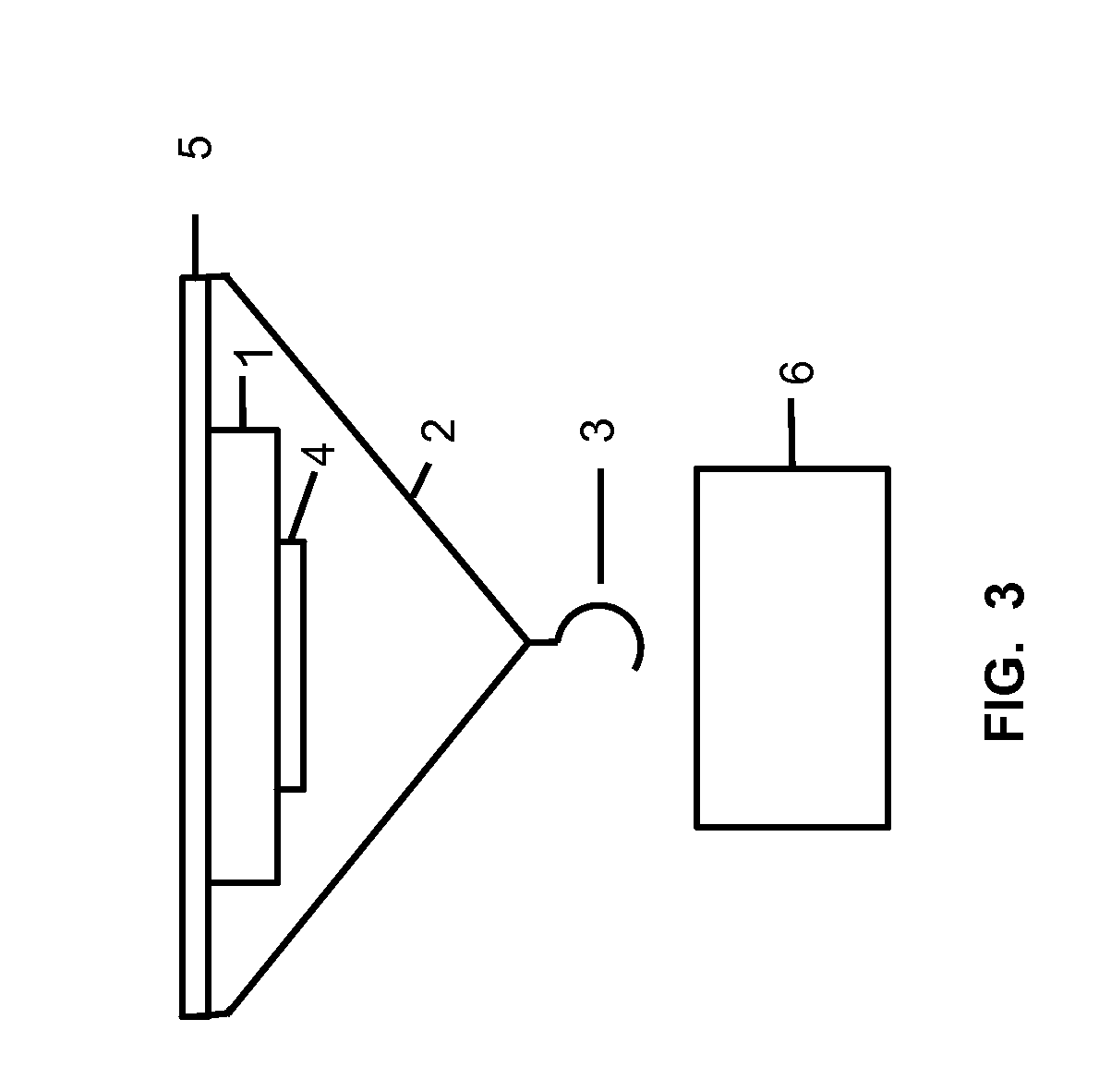Antique identification method
a technology for identification methods and antique objects, applied in the direction of instruments, specific gravity measurements, optical elements, etc., can solve the problems of insufficient equipment and technological prowess, inability to reliably identify antique objects, and inability to widely use scientific methods
- Summary
- Abstract
- Description
- Claims
- Application Information
AI Technical Summary
Benefits of technology
Problems solved by technology
Method used
Image
Examples
Embodiment Construction
[0020]Referring now to the invention in more detail, FIG. 1 is a schematic view of visual inspection (denoted by the labeled arrow) of an object O which is to be identified. This is a first step of the method according to the present invention, and is discussed further below.
[0021]Visual inspection is the first method (step) employed to date an object accurately. One must carefully examine the object's form, shape, craftsmanship, decoration and painting style, texture, physical composition, glaze color and texture, and ornamentation. In addition, one must always search for any kind of inscription, seal or mark written on the object.
[0022]As an example, there are many styles of vases which represent the different types used during different periods of history. An expert can tell the difference and so arrive at an estimated period of time if the antique is authentic. Likewise, there are many styles of jewelry, necklaces, bronze implements, and so on, which can be distinguished by an e...
PUM
 Login to View More
Login to View More Abstract
Description
Claims
Application Information
 Login to View More
Login to View More - R&D
- Intellectual Property
- Life Sciences
- Materials
- Tech Scout
- Unparalleled Data Quality
- Higher Quality Content
- 60% Fewer Hallucinations
Browse by: Latest US Patents, China's latest patents, Technical Efficacy Thesaurus, Application Domain, Technology Topic, Popular Technical Reports.
© 2025 PatSnap. All rights reserved.Legal|Privacy policy|Modern Slavery Act Transparency Statement|Sitemap|About US| Contact US: help@patsnap.com



